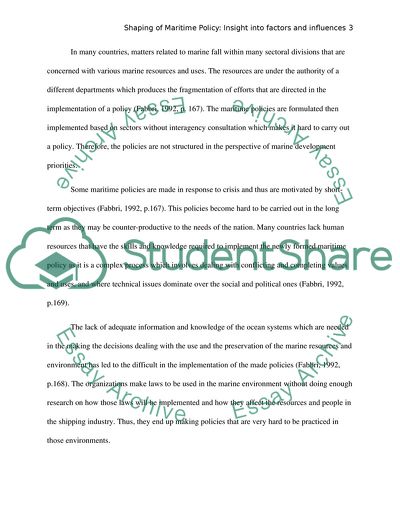Cite this document
(The Shaping of Maritime Policy Coursework Example | Topics and Well Written Essays - 3000 words, n.d.)
The Shaping of Maritime Policy Coursework Example | Topics and Well Written Essays - 3000 words. https://studentshare.org/politics/1878657-the-shaping-of-maritime-policy-insight-into-factors-and-influences
The Shaping of Maritime Policy Coursework Example | Topics and Well Written Essays - 3000 words. https://studentshare.org/politics/1878657-the-shaping-of-maritime-policy-insight-into-factors-and-influences
(The Shaping of Maritime Policy Coursework Example | Topics and Well Written Essays - 3000 Words)
The Shaping of Maritime Policy Coursework Example | Topics and Well Written Essays - 3000 Words. https://studentshare.org/politics/1878657-the-shaping-of-maritime-policy-insight-into-factors-and-influences.
The Shaping of Maritime Policy Coursework Example | Topics and Well Written Essays - 3000 Words. https://studentshare.org/politics/1878657-the-shaping-of-maritime-policy-insight-into-factors-and-influences.
“The Shaping of Maritime Policy Coursework Example | Topics and Well Written Essays - 3000 Words”. https://studentshare.org/politics/1878657-the-shaping-of-maritime-policy-insight-into-factors-and-influences.


